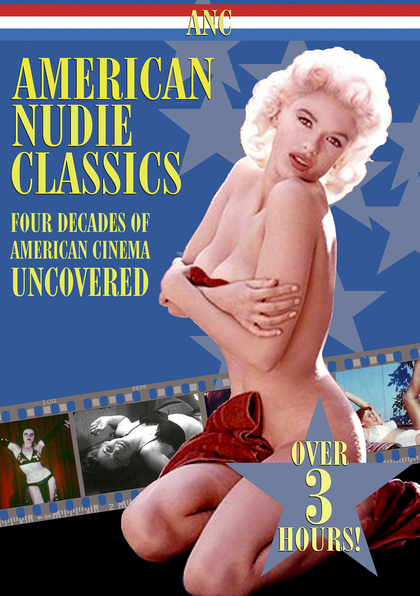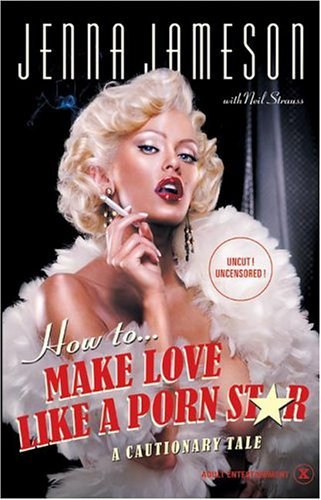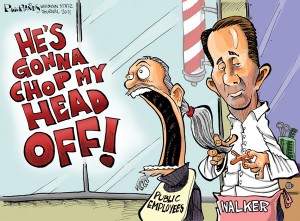by James Romberger
François Truffaut’s films are most often analyzed in terms of their cinematic structure and the interpersonal relationships of their stories, and these qualities do account for a good part of their appeal. His films are not considered particularly political in the context of his contemporaries of the French New Wave. However, Truffaut does critique the forces that shaped his world: the destructive nationalism and militarism that crush people and culture in their wake, and the patriarchal structures that keep women the longest-suffering victims of oppression on the planet. Since women do not share equal rights with men, gender relations are political. Truffaut made some sincere efforts to explore those dynamics.
Truffaut’s 1962 film Jules and Jim bears reexamination in this light. In his adaptation of Henri-Pierre Roché’s semi-autobiographical novel Jules et Jim, the director compresses the whole to fit within the confines of a movie that is an hour and three quarters long. Truffaut chooses passages from the book and recombines them to create new meanings unique to his production. He alters the real people and events that inspired the original text, to construct a new narrative about female autonomy and fidelity in love, and affords key correspondences between the early pivotal scene on the bridge and the ending. Truffaut also extends beyond the WWI scenes of the book to incorporate his more personal references in the form of veiled and overt references to WWII: he “post-actively” incorporates his memories of his childhood in occupied Paris and his perception of the deep repercussions in France from the collaboration of some of the country’s citizens with fascism.
The credit sequence immediately foreshadows Truffaut’s intent. It recontextualizes an incidental dart game played in the book to become a metaphor of sexualized violence: a competition to penetrate a target. The title characters of Jules and Jim are young artists of bohemian Paris before World War I, who compete for the love of their lives. They and their relationships mirror Roché’s own experience. Jim is meant to represent Roché, an extremely influential high cultural connector who, among other networking flourishes, introduced Picasso to Gertrude Stein. But Roché’s acute sophistication and legendary promiscuity are not so present in Jim, in the film portrayed as a man without the courage of his convictions and underplayed by the tall, hesitant Henri Serre.
Continue reading →



